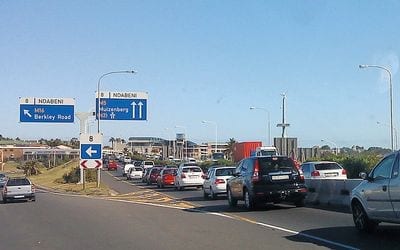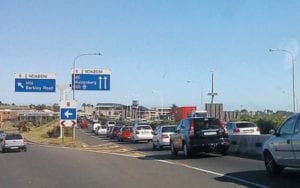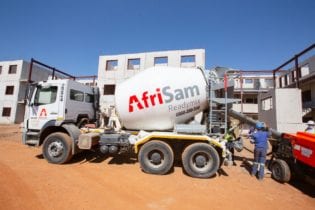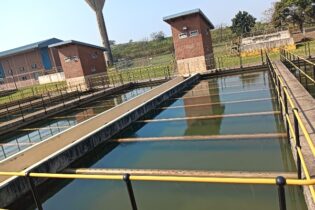 Transportation remains one of the most important sectors for its potential influence on growth in the economy and on so many other industries, says multinational engineering and design firm, WSP |Parsons Brinkerhoff.
Transportation remains one of the most important sectors for its potential influence on growth in the economy and on so many other industries, says multinational engineering and design firm, WSP |Parsons Brinkerhoff.
Technology’s role in the future of transport
In reality, 2030 is a medium-term planning timeframe for major infrastructure projects. “While it’s important to have this planning and set targets in place, we also need a long-term vision that encapsulates how people will live, work and play beyond 2030,” Lutchman said. “This will enable us to design what the future demand of transport networks will be. If we look at the pervasiveness of mobile devices and the uptake of the Internet in the country as well, then the adoption of key technologies becomes crucial to this vision and its implementation,” he added. Grant Fraser, Product and Marketing Director at MiX Telematics (Africa) agreed. “Today, we live in a digitally connected society and the expectations of individuals and business, alike, is to remain connected. However, managing this usually requires mobile connectivity in the form of Wi-Fi, GSM, GPS and wireless technologies,” he said.Essential to incorporate Wi-Fi into transport planning
According to Riaan Graham, sales director at Ruckus Wireless, sub-Saharan Africa, “Mobility goes hand-in-hand with travel and transport and the proliferation of mobile devices is certainly driving the adoption of wireless technologies – particularly Wi-Fi connectivity – in transportation”. Graham added that whether it’s an individual, or a company transporting people or goods, there is a distinct desire and expectation from consumers, customers and business, alike, to be able to communicate, do seamless and real-time route checking or planning for improved time management and productivity, manage safety and security from anywhere, as well as access certain application services while on route. Graham confirms that Wi-Fi is ideal to incorporate in transport planning. He said that it does not require fixed infrastructure to establish, it can handle the offloading of 3G or4G capacity – particularly in high user density areas – with reliable connections and ubiquitous coverage and, it can differentiate service and access by user and device. “For instance, a bus can be transformed into a moving Wi-Fi hotspot, which will create great value for the passengers and become a unique selling point for the bus company,” Graham said. “However, the potential of Wi-Fi in transport is not just about passengers – when with the amplification of the Internet of Things (IoT) – it can enable smarter lifestyles for everyone,” he added.Real-time needs of passengers
“Passengers also need real-time access to schedules, gate and ticket information, maps and/or other guidance as they pass through the bus terminal,” Graham explained. “Wi-Fi not only provides an ideal method for these activities, it also provides a platform for new revenue generating services such as additional Wi-Fi access or 3G/4G offload, as well as support for bus terminal operational needs such as point-of-sale, digital signage and video security.” He added that from a commercial perspective, there is also a global trend for transportation cargo and fleet services to become more involved in value-added activities such as cargo processing and logistics, which will require new processes, practices and technological advances around stock control and integration, as well as better wireless connectivity.This is particularly true when we consider the significant advances in telematics technology and the future of smart vehicles. Fraser said, “The combination of connectivity, IoT and on-board technologies continues to drive the use of Big Data, which now lies at the centre of telematics technology.”
“While the on-board computer is still an important component, advances in IoT and analytics provides the opportunity to access much richer data about the vehicle, its movements, the driver, etc. – and being able to effectively utilise this data to provide added value,” he added.






